The Foja Mountains on the Indonesian side of New Guinea have proven a biological treasure trove that just keeps spilling riches. Two-and-a-half years ago the region—dubbed Indonesia's 'lost world'—made news globally when researchers announced the discovery of a giant rat: five times the size of the familiar brown rat. New amphibians, birds, and insects have also been found during past expeditions in 2005 and 2007. A collaborative team of Indonesia and international researchers have since returned to the Foja Mountains and found more spectacular species.
Undertaken by Conservation International's Rapid Assessment Program (RAP), the recent 2008 expedition has proven as just as fruitful as two prior ones. During this expedition biologists uncovered several new mammals, a bird unknown to science, a new amphibian and a new reptile, as well as a dozen insect species.
"The Foja Mountains are a virtual island where species have evolved for millennia," explains John Francis, Vice President for Research, Conservation and Exploration at National Geographic in a press release. The National Geographic Institute provided scientific and financial support, while Tim Laman of National Geographic magazine joined the expedition as photographer (see a selection of Laman's photos at the end of the article).
The expedition's new amphibian was discovered fortuitously by herpetologist Paul Oliver as it sat on a bag of rice in the camp. The frog (Litoria sp. nov.), already dubbed 'Pinocchio', has a long nose that points up when males call, but down when they are inactive. Oliver also uncovered a new gecko species during the trip. Ornithologist, Neville Kemp, was also lucky: he discovered an unknown species of imperial pigeon (Ducula sp. nov.). Researchers recorded the new bird no less than four times during the expedition.
One of the discoveries proved a record-breaker: a new species of dwarf wallaby (Dorcopsulus sp. nov.) is now the smallest in the world. Biologists also found a new species of blossom bat (Syconycteris sp. nov) and a new tree mouse Pogonomys sp. nov.).
Braving torrential rains and flash floods, researchers in addition found a new black and white butterfly (Ideopsis fojana) and a new flowering shrub (Ardisia hymenandroides).
"While animals and plants are being wiped out across the globe at a pace never seen in millions of years, the discovery of these absolutely incredible forms of life is much needed positive news," said Dr. Bruce Beehler, a senior research scientist at CI and expedition member. "Places like these represent a healthy future for all of us and show that it is not too late to stop the current species extinction crisis."
Many of the species recorded on the expedition, while not new to science, are incredibly rare. Scientists took the first photos ever of a free moving golden-mantled tree-kangaroo (Dendrolagus pulcherrimus), which is classified by the IUCN Red List as Critically Endangered due to over-hunting and habitat loss. Researchers believe there may be less than 250 golden-mantled tree-kangaroos left in the world.
Spread over 300,000 square hectares in western New Guinea, the Foja Mountains are made-up of pristine isolated rainforest free from development, roads, and deforestation. The Indonesian government has currently classified the area as a National Wildlife Sanctuary. Conservation International hopes this RAP helps encourage more protection in the region.
Conservation International's RAP surveys send researchers into poorly known parts of the world for a short time (usually three-four weeks) in order quickly assess a region's biodiversity. This RAP was supported by National Geographic Society, Smithsonian Institution, and Indonesian Institute of Sciences (LIPI), and will be covered in the June 2010 issue of National Geographic magazine.
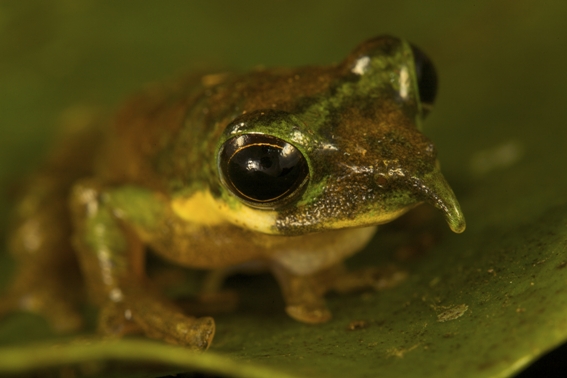
Long-nosed tree frog (Litoria sp. nov.) New species of frog, discovered by Paul Oliver of Australia with funding from the National Geographic Society. A related article, with images by Tim Laman, appears in the June issue of National Geographic magazine. To view more images, go to www.ngm.com/foja.
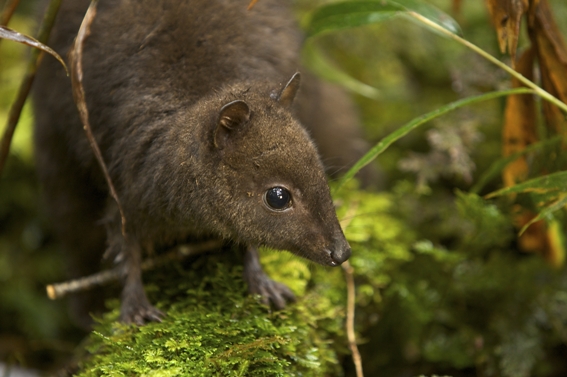
Wallaby (Dorcopsulus sp. nov.) The world's tiniest known member of the kangaroo family, discovered by Kristofer Helgen of the Smithsonian Institution. A related article, with images by Tim Laman, appears in the June issue of National Geographic magazine. To view more images, go to www.ngm.com/foja.
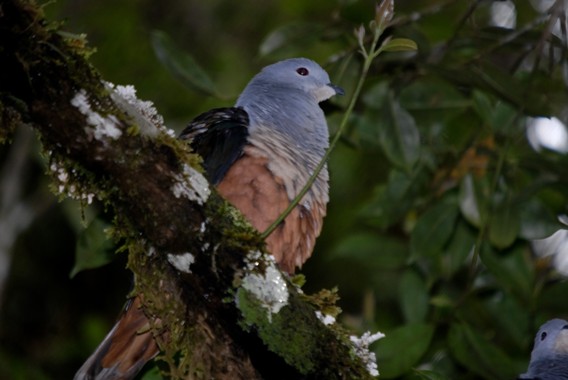
Imperial pigeon (Ducula sp. nov.) New species. Photo by: Neville Kemp. To view more images, go to www.ngm.com/foja.
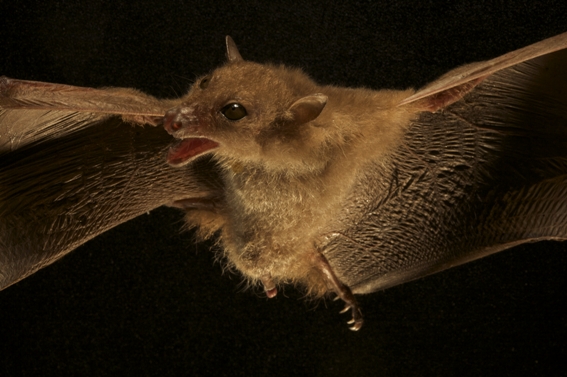
Blossom bat (Syconycteris sp. nov.) New species. A related article, with images by Tim Laman, appears in the June issue of National Geographic magazine. To view more images, go to www.ngm.com/foja.
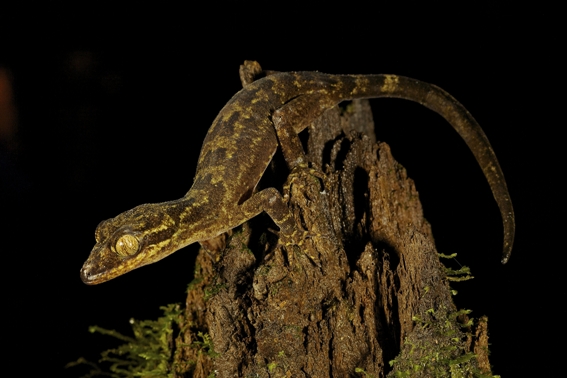
Gecko (Crytodactylus sp. nov.) New species discovered by Paul Oliver of Australia, with funding from the National Geographic Society. A related article, with images by Tim Laman, appears in the June issue of National Geographic magazine. To view more images, go to www.ngm.com/foja.
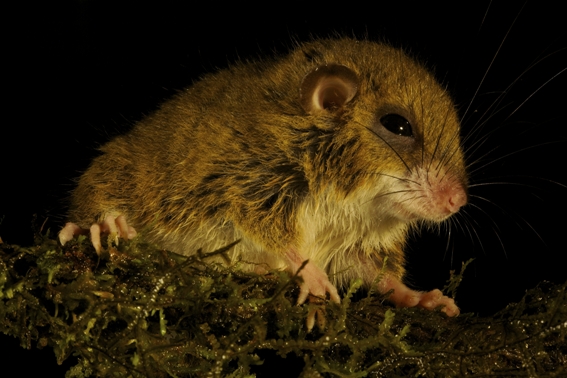
Tree mouse (Pogonomys sp. nov.) Likely new species, discovered by Kristofer Helgen of the Smithsonian Institution. A related article, with images by Tim Laman, appears in the June issue of National Geographic magazine. To view more images, go to www.ngm.com/foja.
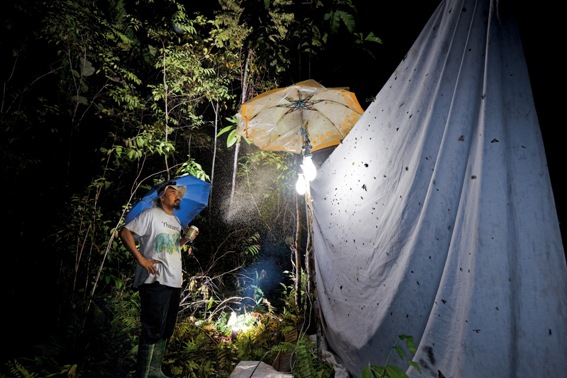
Harry Sutrisno of the Indonesian Institute of Sciences traps moths. A related article, with images by Tim Laman, appears in the June issue of National Geographic magazine. To view more images, go to www.ngm.com/foja.
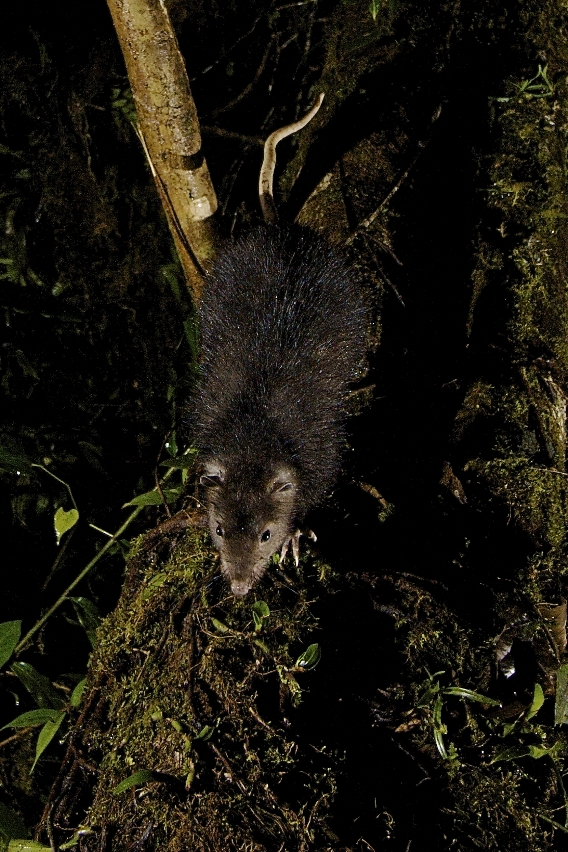
Woolly giant rat (Mallomys sp. nov.) New species. A related article, with images by Tim Laman, appears in the June issue of National Geographic magazine. To view more images, go to www.ngm.com/foja.
http://news.mongabay.com









Tidak ada komentar:
Posting Komentar